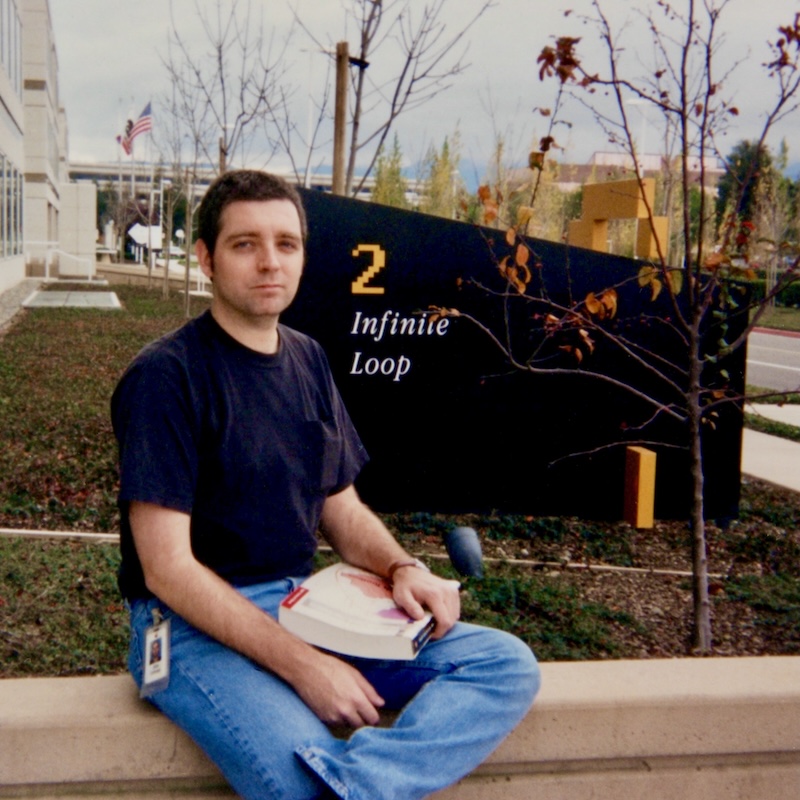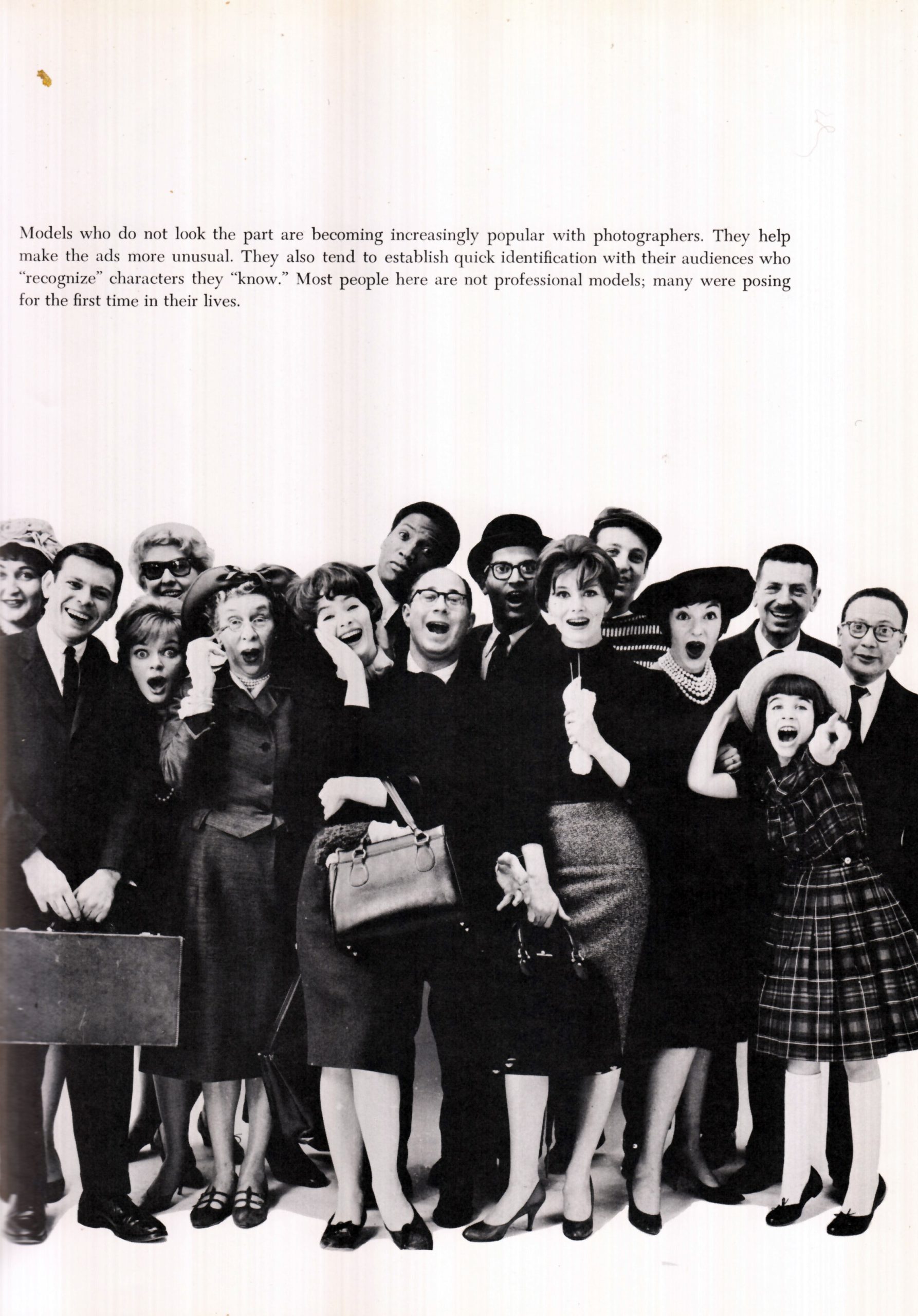Elizabeth Goodspeed contextualizes today’s growing design influencers against designers-cum-artists like April Greiman and Stefan Sagmeister. Along with Tibor Kalman, Jessica Walsh, and Wade and Leta, all of these designers put themselves into their work.
Other designers ran with similar instincts. 40 Days of Dating, a joint project by Jessica Walsh and Timothy Goodman created in 2013, was presented as a kind of art-directed relationship experiment: two friends, both single, agreed to date each other for 40 days (40 days being the purported time needed to build a habit). The project was presented through highly polished daily updates with lush photography, motion graphics, custom lettering, and a parade of commissioned work from other artists – all accompanied by alarming candid journal entries from both parties about the dates they were going on. It wasn’t exactly a design project in the traditional sense, but it was unmistakably design-led; the relationship itself was the content, but it was design that made it viral.
These self-directed, clientless projects remind me of MFA design theses where design is the medium for self-expression. Bringing it back to 2025, Godspeed writes:
Designers film themselves in their bedrooms and running errands, narrating design decisions and venting about clients along the way. Just as remote work expects us to perform constant busyness, design influencing demands a continuous performance of creative output. …Brands have jumped in on the trend, too. Where once a designer might have been hired to create packaging or campaigns behind the scenes, many are now brought forward as faces of collaborations – they’re photographed in their studios and interviewed about their process as part of launch. The designer’s body, personality, and public profile become a commercial asset.
And of course, like with all content creators, it becomes a job that just might require more work than it seems.
Influencing can seem like a good, low-lift side-hustle at first. Most designers already have tons of unused work and in-progress sketches to share. Why not just post it and see what happens? But anyone who’s ever had to write captions or cut reels knows that making content is, in fact, harder than it looks. The more energy that goes into showcasing work, the less time there is to actually make work, even if you want to. “Influencing” can quickly become a time suck.

Elizabeth Goodspeed on the rise of the designer as influencer
As social platforms reward visibility, creatives are increasingly expected to make their practice public. Designers are no longer just making work; they are the work. But what started as promotion now risks swallowing design itself.
























